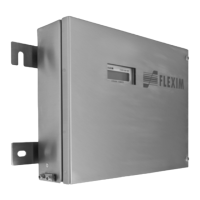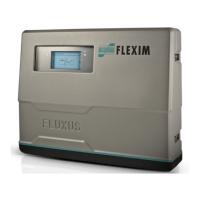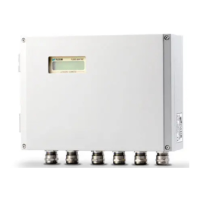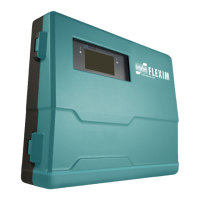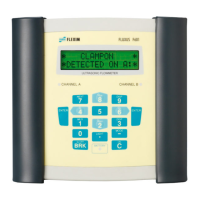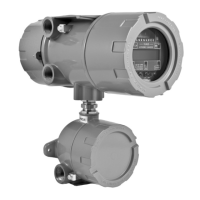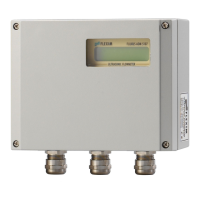Do you have a question about the Flexim FLUXUS F706**-A2 Series and is the answer not in the manual?
| Fluid Types | Liquids |
|---|---|
| Flow Velocity Range | 0.01 to 25 m/s (0.03 to 82 ft/s) |
| Measuring Principle | Transit-time difference |
| Pipe Sizes | DN10 to DN6000 (depends on model) |
| Temperature Range | -40°C to +200°C (-40°F to +392°F) |
| Accuracy | ±0.5% of reading |
| Repeatability | 0.15% |
| Power Supply | 100 - 230 V AC, 50 - 60 Hz or 24 V DC |
| Outputs | 4-20 mA, pulse, frequency, relay |
| Communication | HART, Modbus |
| Enclosure | IP67 |
Provides critical safety information for operating the measuring instrument.
Details the terms and conditions of the FLUXUS measuring instrument guarantee.
Outlines essential handling instructions for the precision measuring instrument.
Explains the transit time difference correlation principle for flow velocity measurement.
Details the design and components of the FLUXUS F704 transmitter.
Covers the connection procedures for transducers to the transmitter.
Guides the user through inputting pipe characteristics for measurement.
Provides steps for fine-tuning transducer distance for optimal measurement.
Covers selection of measured physical quantities and their units for display.
Explains how to use totalizers for heat quantity, volume, or mass.
Covers the functionality and settings of the integrated data logger.
Explains how to activate and deactivate the SuperUser mode.
Allows definition of flow parameters for specific applications.
Details connecting external sensors for measuring physical quantities.
Details the installation process for transmitter outputs.
Troubleshooting steps for display issues.
Troubleshooting for impossible measurements or incorrect values.
